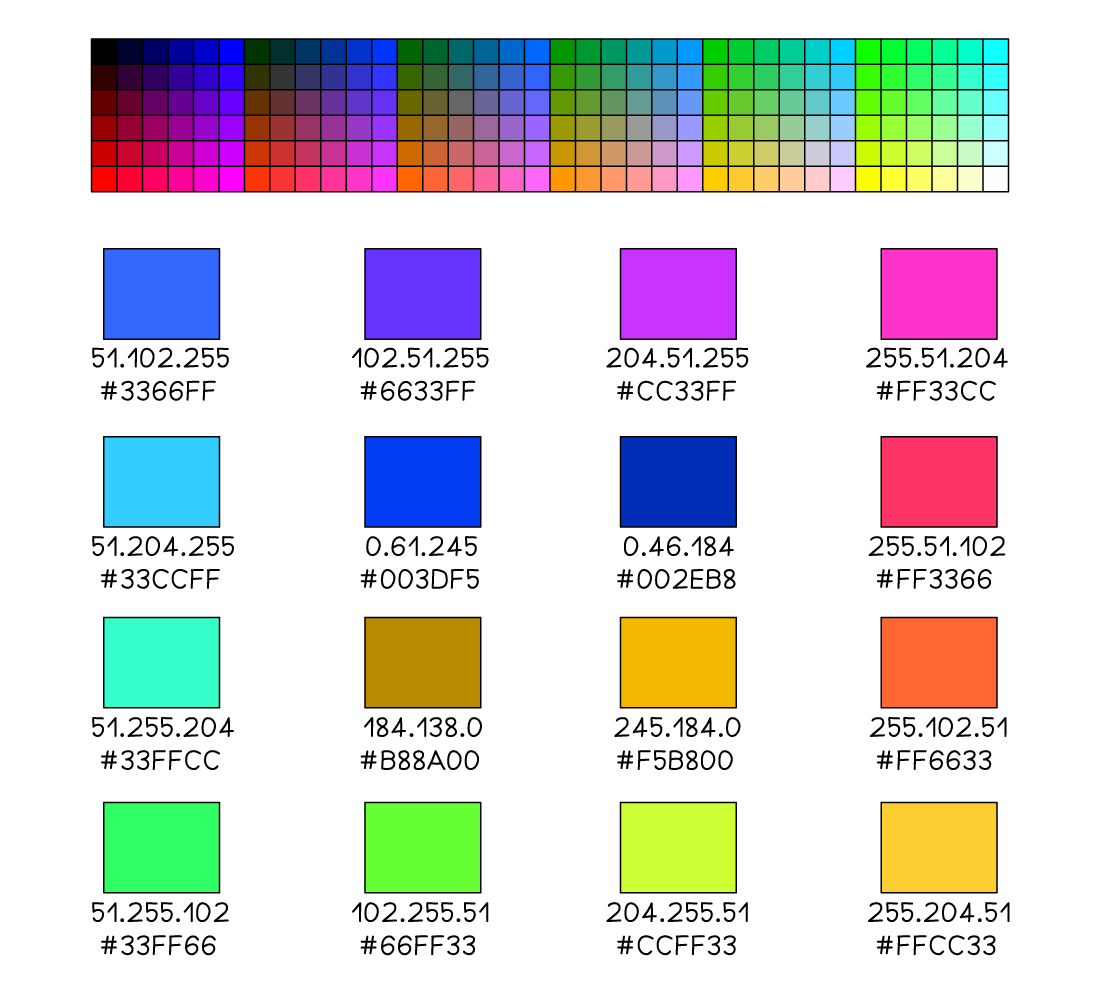Uses of Number Systems (Cambridge (CIE) A Level Computer Science) : Revision Note
Applications of Binary Coded Decimal (BCD)
What are the uses of binary-coded decimal (BCD)?
Use Case | Why BCD is used |
|---|---|
Electronic calculators | Keeps numbers in decimal format for easier display and accuracy |
Digital clocks and watches | Time is naturally decimal (e.g. 12:45), so BCD makes display logic simpler |
Banking and financial systems | Avoids rounding errors when doing decimal calculations, especially with money |
Old digital systems / embedded systems | Simpler to implement with hardware that displays digits individually |
Binary coded decimal is commonly used in systems that need to display decimal numbers clearly and accurately
BCD is ideal for applications like digital clocks, calculators, and financial systems where decimal precision matters
Using BCD avoids rounding errors that can occur in binary-based arithmetic, especially with money and time
It’s still found in older or embedded systems where simple hardware-based decimal output is needed
Applications of hexadecimal
Why is hexadecimal used?
In Computer Science hexadecimal is often preferred when working with large values
It takes fewer digits to represent a given value in hexadecimal than in binary
1 hexadecimal digit corresponds 4 bits and can represent 16 unique values (0-F)
It is beneficial to use hexadecimal over binary because:
The more bits there are in a binary number, the harder it makes for a human to read
Numbers with more bits are more prone to errors when being copied
Examples of where hexadecimal can be seen:
MAC addresses
Colour codes
URLs
MAC addresses
A typical MAC address consists of 12 hexadecimal digits, equivalent to 48 digits in in binary
AA:BB:CC:DD:EE:FF
10101010:10111011:11001100:11011101:11101110:11111111
Writing down or performing calculations with 48 binary digits makes it very easy to make a mistake

Colour codes
A typical hexadecimal colour code consists of 6 hexadecimal digits, equivalent to 24 digits in binary
#66FF33 (green)
01000010:11111111:00110011

URL's
A URL can only contain standard characters (a-z and A-Z), numbers (0-9) and some special symbols which is enough for basic web browsing
If a URL needs to include a character outside of this set, they are converted into a hexadecimal code
Hexadecimal codes included in a URL are prefixed with a % sign

You've read 0 of your 5 free revision notes this week
Unlock more, it's free!
Did this page help you?

